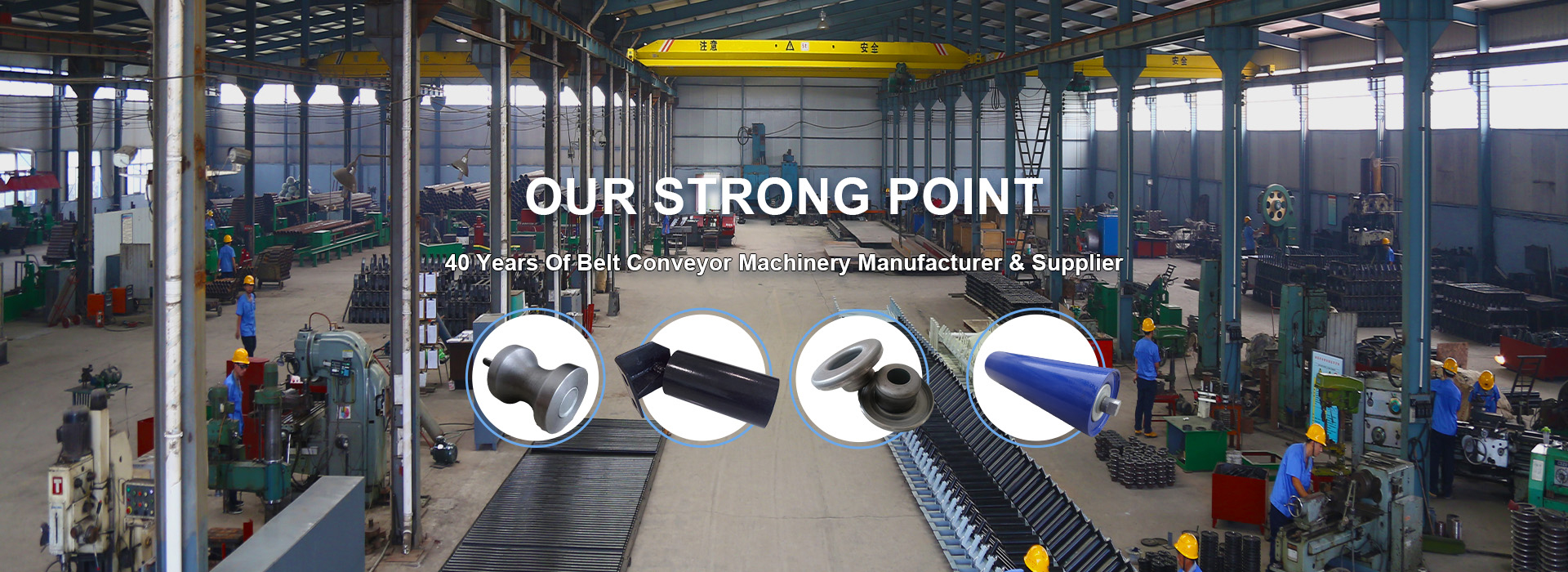 Afrikaans
Afrikaans  Albanian
Albanian  Amharic
Amharic  Arabic
Arabic  Armenian
Armenian  Azerbaijani
Azerbaijani  Basque
Basque  Belarusian
Belarusian  Bengali
Bengali  Bosnian
Bosnian  Bulgarian
Bulgarian  Catalan
Catalan  Cebuano
Cebuano  Corsican
Corsican  Croatian
Croatian  Czech
Czech  Danish
Danish  Dutch
Dutch  English
English  Esperanto
Esperanto  Estonian
Estonian  Finnish
Finnish  French
French  Frisian
Frisian  Galician
Galician  Georgian
Georgian  German
German  Greek
Greek  Gujarati
Gujarati  Haitian Creole
Haitian Creole  hausa
hausa  hawaiian
hawaiian  Hebrew
Hebrew  Hindi
Hindi  Miao
Miao  Hungarian
Hungarian  Icelandic
Icelandic  igbo
igbo  Indonesian
Indonesian  irish
irish  Italian
Italian  Japanese
Japanese  Javanese
Javanese  Kannada
Kannada  kazakh
kazakh  Khmer
Khmer  Rwandese
Rwandese  Korean
Korean  Kurdish
Kurdish  Kyrgyz
Kyrgyz  Lao
Lao  Latin
Latin  Latvian
Latvian  Lithuanian
Lithuanian  Luxembourgish
Luxembourgish  Macedonian
Macedonian  Malgashi
Malgashi  Malay
Malay  Malayalam
Malayalam  Maltese
Maltese  Maori
Maori  Marathi
Marathi  Mongolian
Mongolian  Myanmar
Myanmar  Nepali
Nepali  Norwegian
Norwegian  Norwegian
Norwegian  Occitan
Occitan  Pashto
Pashto  Persian
Persian  Polish
Polish  Portuguese
Portuguese  Punjabi
Punjabi  Romanian
Romanian  Russian
Russian  Samoan
Samoan  Scottish Gaelic
Scottish Gaelic  Serbian
Serbian  Sesotho
Sesotho  Shona
Shona  Sindhi
Sindhi  Sinhala
Sinhala  Slovak
Slovak  Slovenian
Slovenian  Somali
Somali  Spanish
Spanish  Sundanese
Sundanese  Swahili
Swahili  Swedish
Swedish  Tagalog
Tagalog  Tajik
Tajik  Tamil
Tamil  Tatar
Tatar  Telugu
Telugu  Thai
Thai  Turkish
Turkish  Turkmen
Turkmen  Ukrainian
Ukrainian  Urdu
Urdu  Uighur
Uighur  Uzbek
Uzbek  Vietnamese
Vietnamese  Welsh
Welsh  Bantu
Bantu  Yiddish
Yiddish  Yoruba
Yoruba  Zulu
Zulu ceramic pulley
The Versatility and Durability of Ceramic Pulleys
In the world of engineering and manufacturing, the choice of materials is crucial for the performance and longevity of mechanical components. One such component that has gained popularity in recent years is the ceramic pulley. These pulleys, made primarily from advanced ceramic materials, offer a unique combination of benefits that make them suitable for a wide range of applications.
The Composition of Ceramic Pulleys
Ceramic pulleys are often manufactured from materials like alumina, zirconia, or silicon carbide, which are known for their excellent mechanical and thermal properties. These materials are characterized by their hardness, low weight, and resistance to wear and corrosion. Unlike traditional metal pulleys, ceramic pulleys do not corrode when exposed to harsh environmental conditions, making them ideal for industries such as chemical processing, food production, and pharmaceuticals.
Key Advantages
1. Durability One of the standout features of ceramic pulleys is their exceptional durability. Ceramic materials exhibit a high degree of resistance to wear and tear, which significantly extends the lifespan of the pulley. In applications where pulleys are subjected to heavy loads and constant friction, the longer life of ceramic pulleys translates to reduced maintenance costs and less downtime.
2. Lightweight The lightweight nature of ceramics compared to metals allows for easier handling and installation. This characteristic is particularly beneficial in applications where reducing overall weight is critical, such as in aerospace or automotive engineering. A lighter pulley can lead to improved efficiency and performance in these systems.
3. Thermal Stability Ceramic pulleys maintain their mechanical properties at elevated temperatures, making them suitable for high-temperature applications. Traditional materials can sometimes weaken when exposed to heat, leading to potential failures. Ceramic pulleys, on the other hand, provide reliability under extreme conditions, ensuring consistent performance.
4. Chemical Resistance Given their composition, ceramic pulleys are highly resistant to a wide range of chemicals. They can withstand harsh environments without degrading, making them ideal for use in industries where exposure to corrosive substances is common.
ceramic pulley

5. Low Friction The smooth surface of ceramic materials contributes to a reduction in friction, which can enhance the efficiency of the pulley system. Lower friction means less energy is wasted in the form of heat, leading to improved overall system performance.
Applications
Ceramic pulleys are employed across various industries due to their unique benefits. In the telecommunications industry, they are used in the production of fiber optics where precision and durability are crucial. In the automotive field, ceramic pulleys can be found in engines and transmission systems, contributing to enhanced efficiency and reduced wear.
Moreover, in the textile industry, ceramic pulleys are used in sewing machines and looms where precise movement and minimal maintenance are essential. Their resistance to wear ensures that these machines can operate for long periods without failure, which is critical for meeting production schedules.
Challenges and Considerations
Despite their many advantages, ceramic pulleys are not without challenges. The cost of manufacturing ceramic components can be higher than traditional materials, which may deter some manufacturers from making the switch. Additionally, while ceramic materials are durable, they can be more brittle than metals, necessitating careful handling to avoid breakage during installation or operation.
Conclusion
Ceramic pulleys represent a significant advancement in engineering materials, offering durability, lightweight construction, and resistance to harsh conditions. As industries continue to search for ways to improve efficiency and reduce maintenance costs, the adoption of ceramic pulleys is likely to increase. Their application across various sectors showcases not only their versatility but also the ongoing evolution of materials in the quest for superior performance and reliability in mechanical systems. As technology advances, it will be exciting to see how the role of ceramic pulleys evolves in the future.
-
Revolutionizing Conveyor Reliability with Advanced Rubber Lagging PulleysNewsJul.22,2025
-
Powering Precision and Durability with Expert Manufacturers of Conveyor ComponentsNewsJul.22,2025
-
Optimizing Conveyor Systems with Advanced Conveyor AccessoriesNewsJul.22,2025
-
Maximize Conveyor Efficiency with Quality Conveyor Idler PulleysNewsJul.22,2025
-
Future-Proof Your Conveyor System with High-Performance Polyurethane RollerNewsJul.22,2025
-
Driving Efficiency Forward with Quality Idlers and RollersNewsJul.22,2025





























